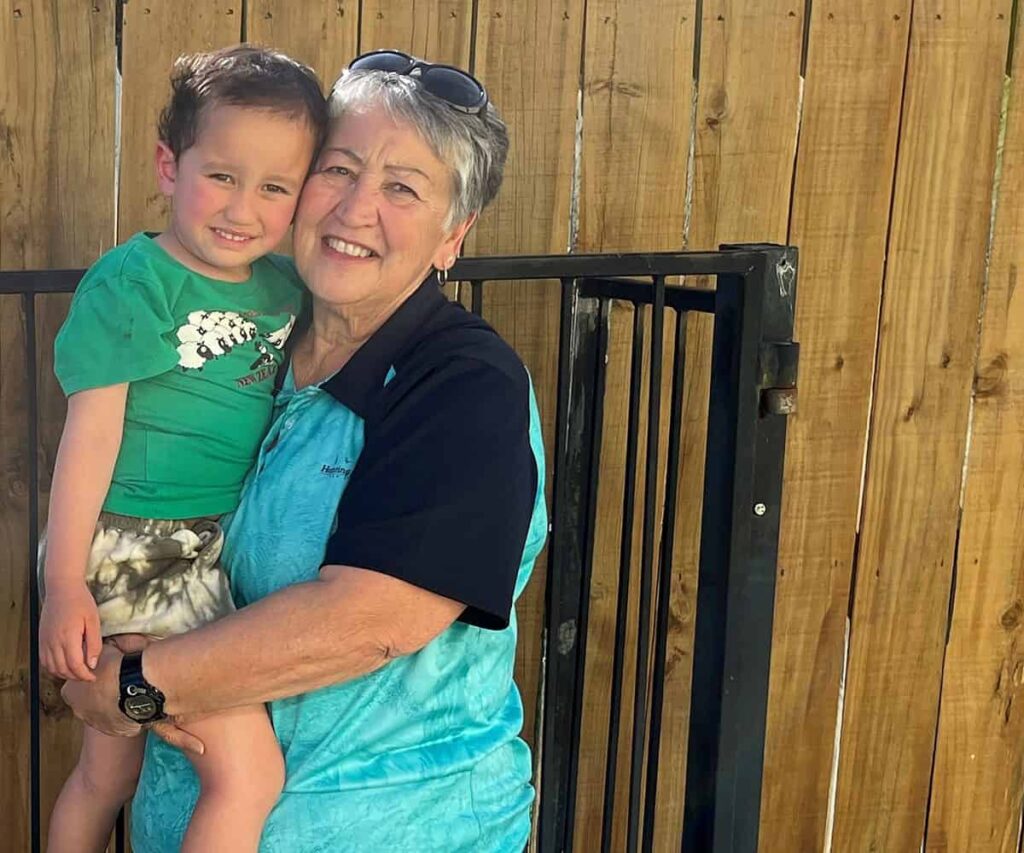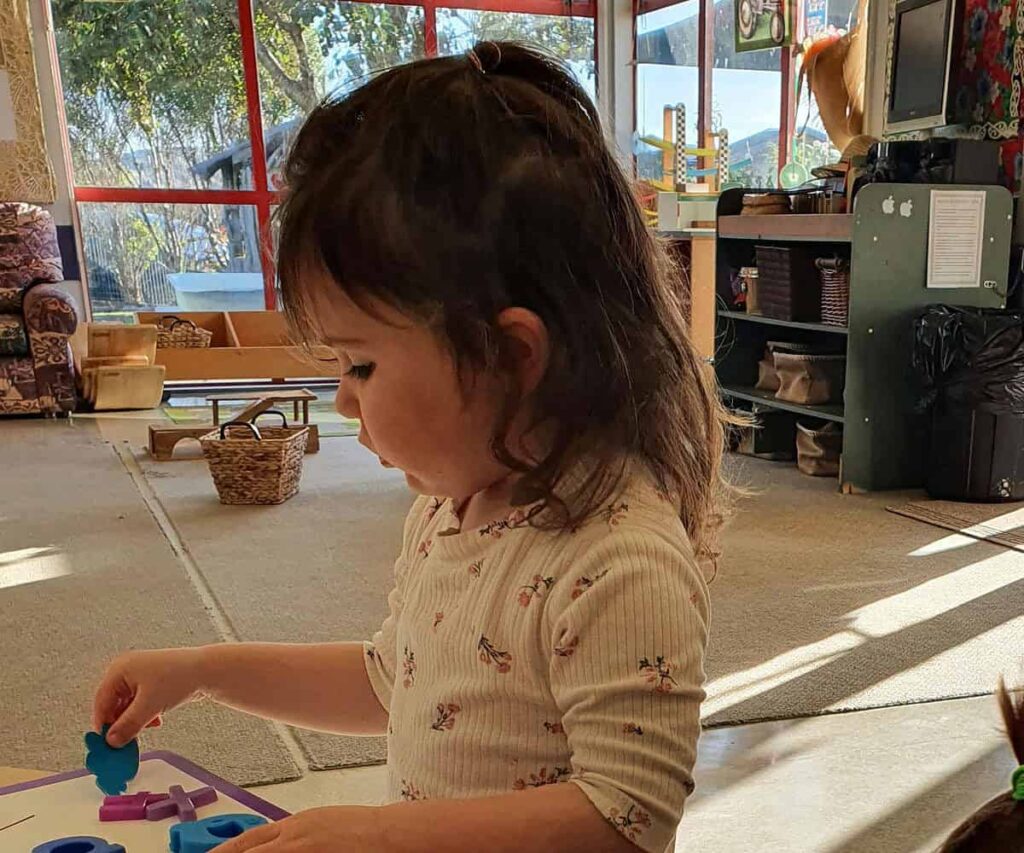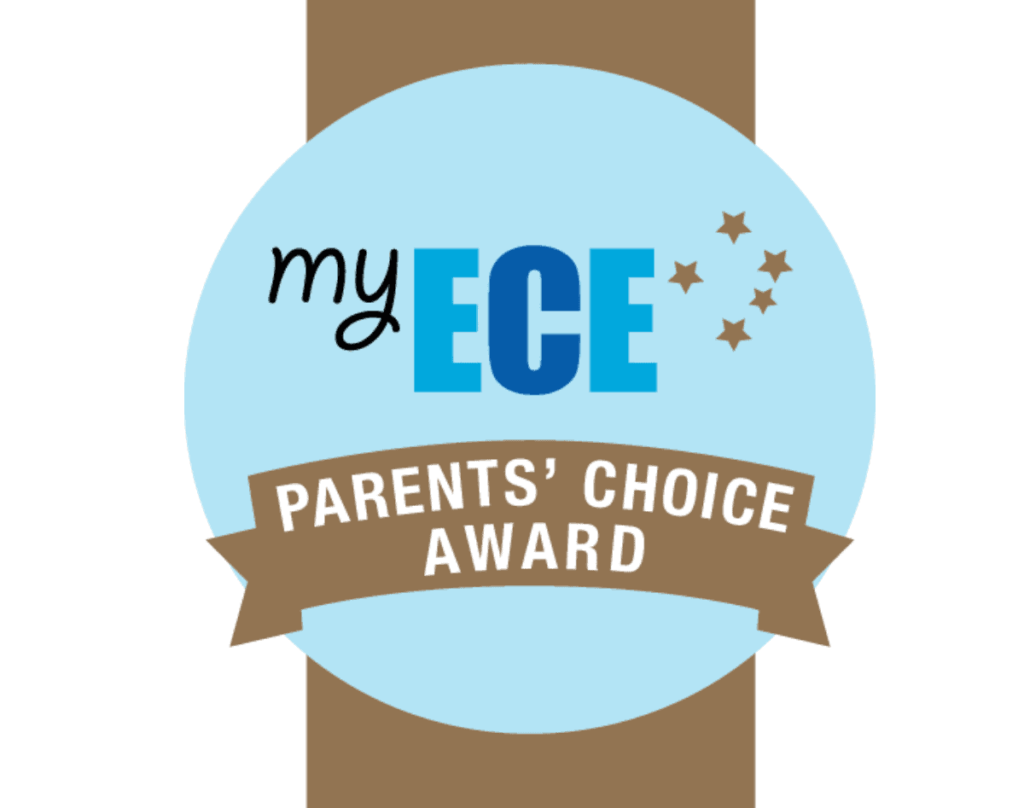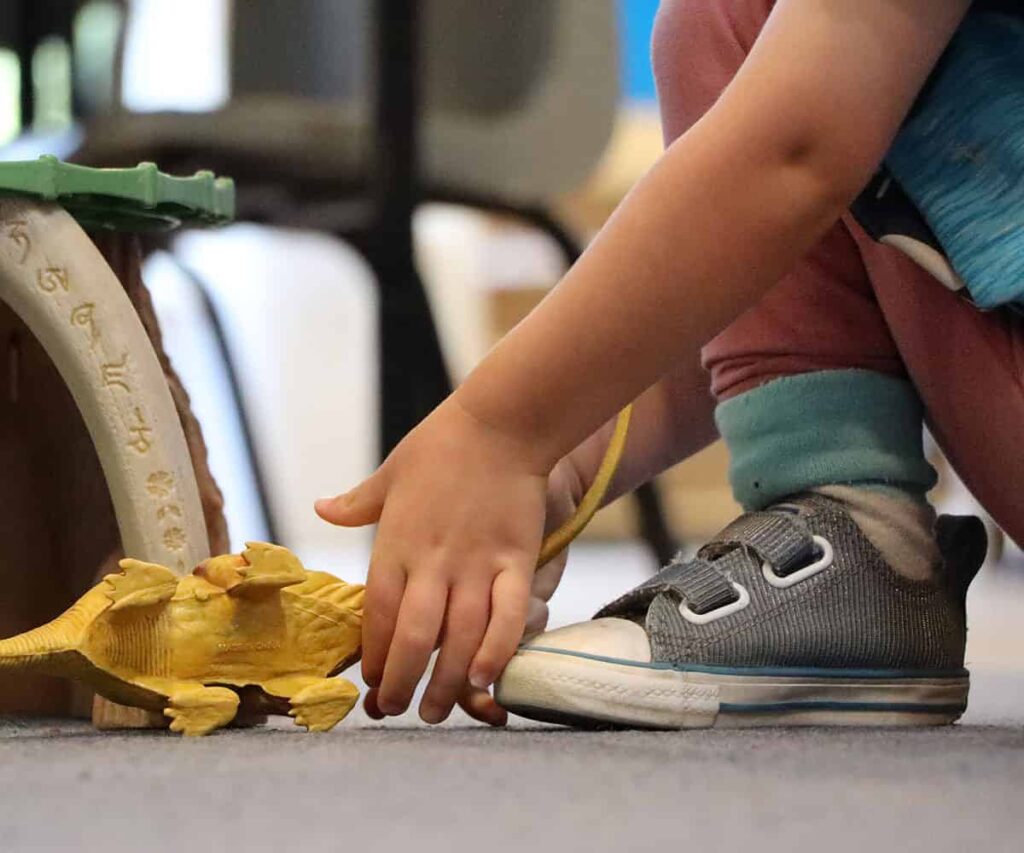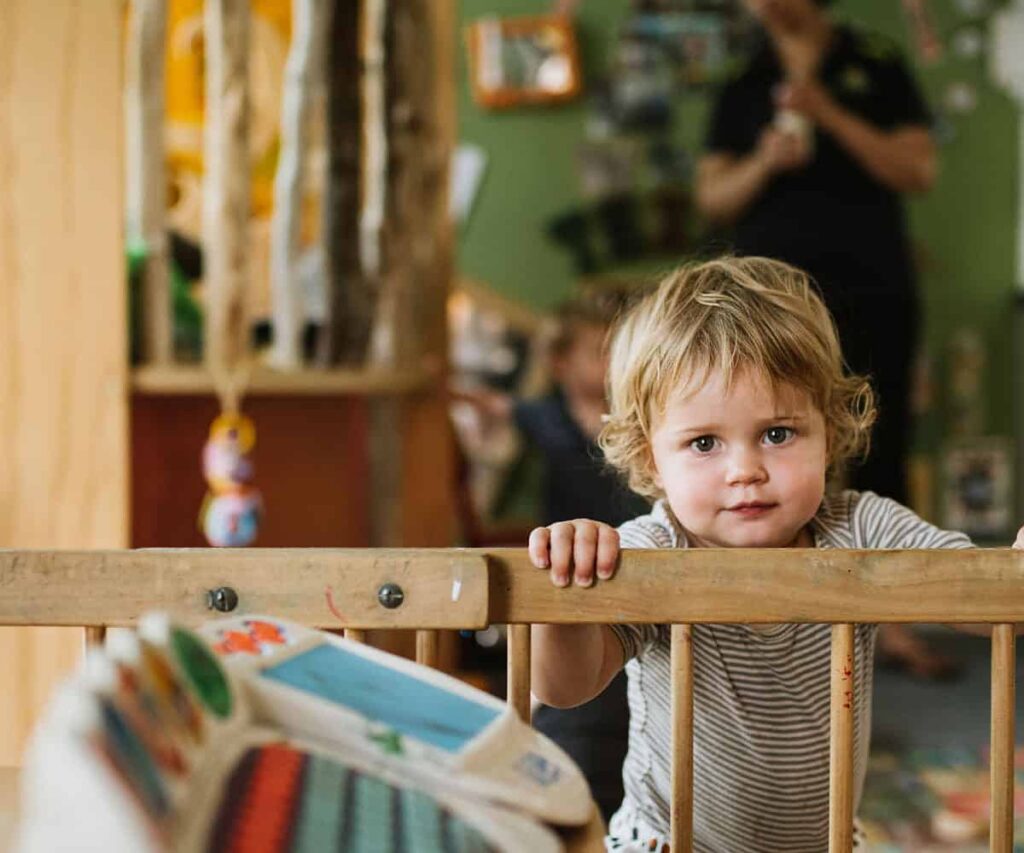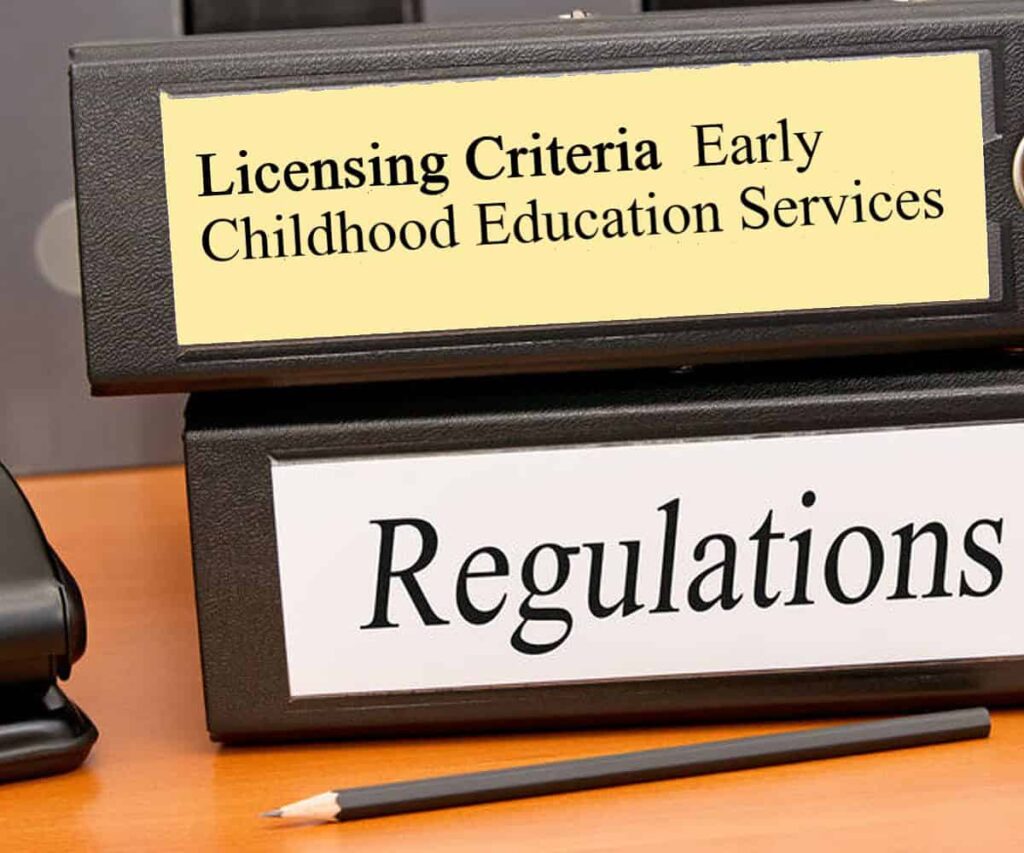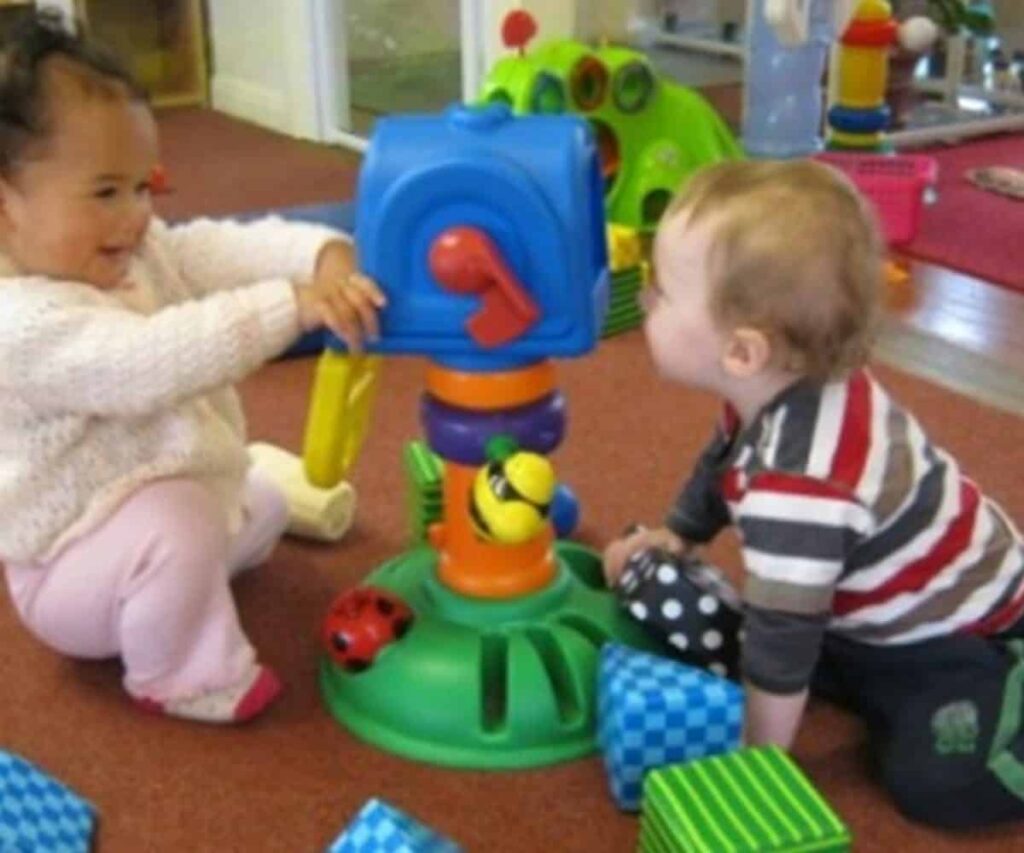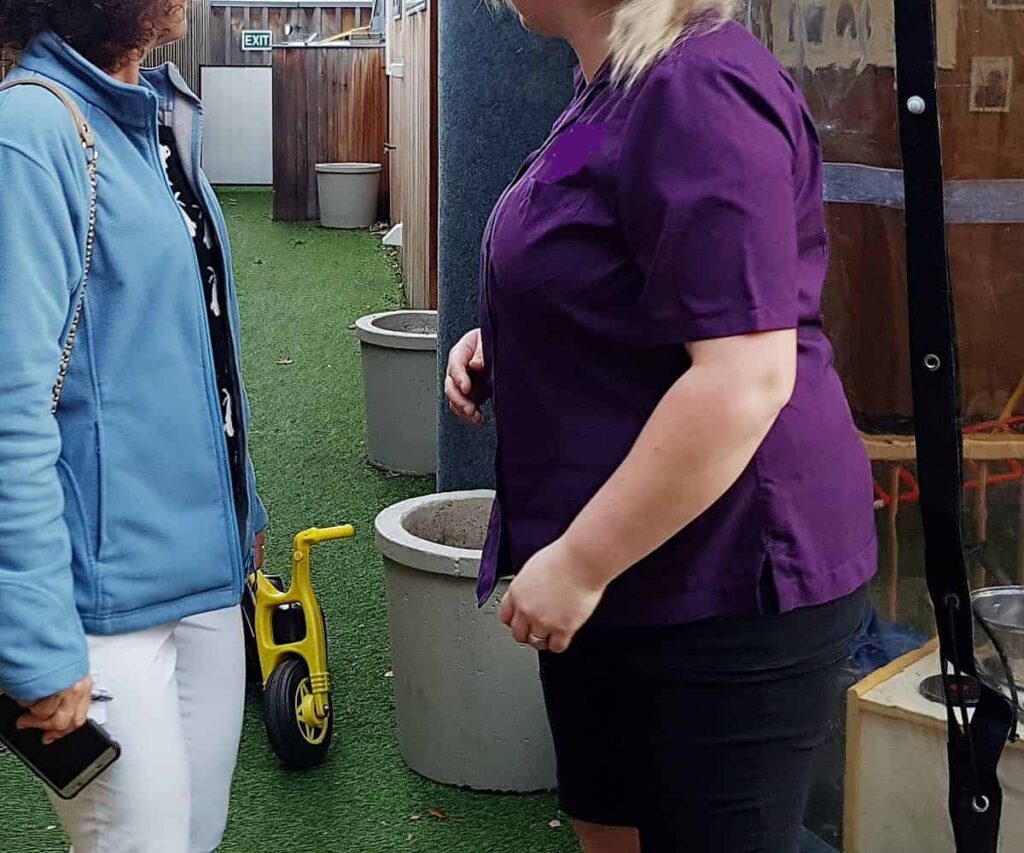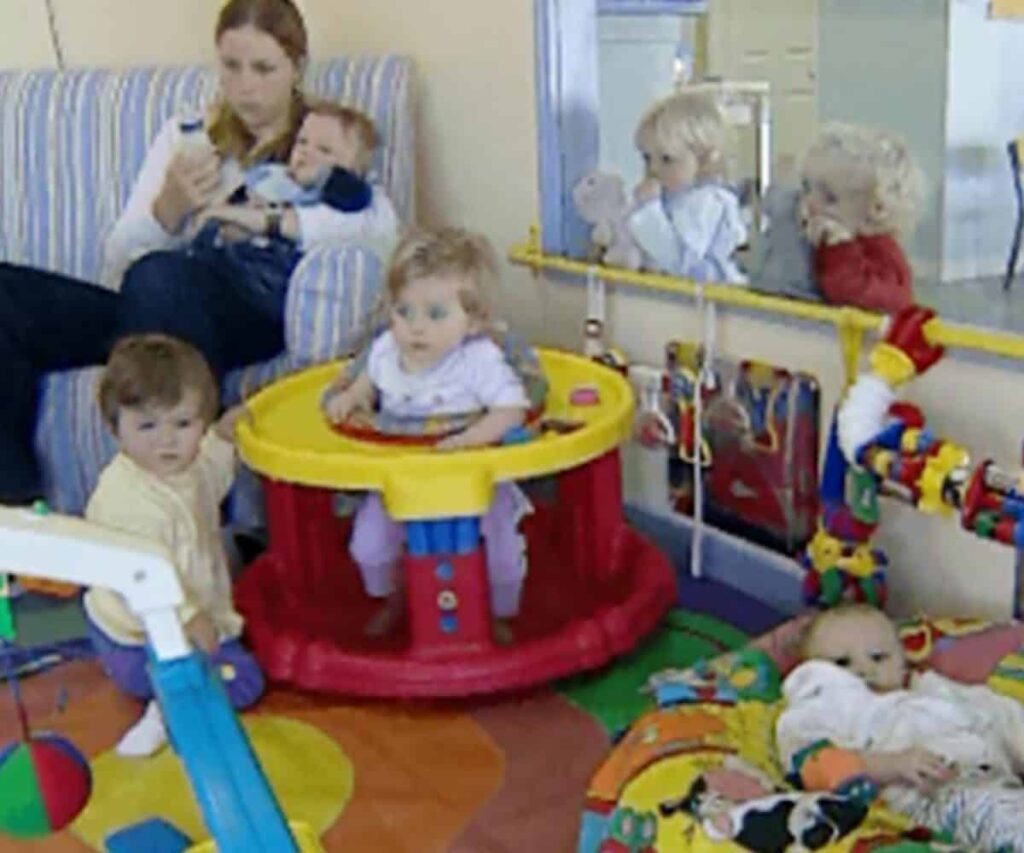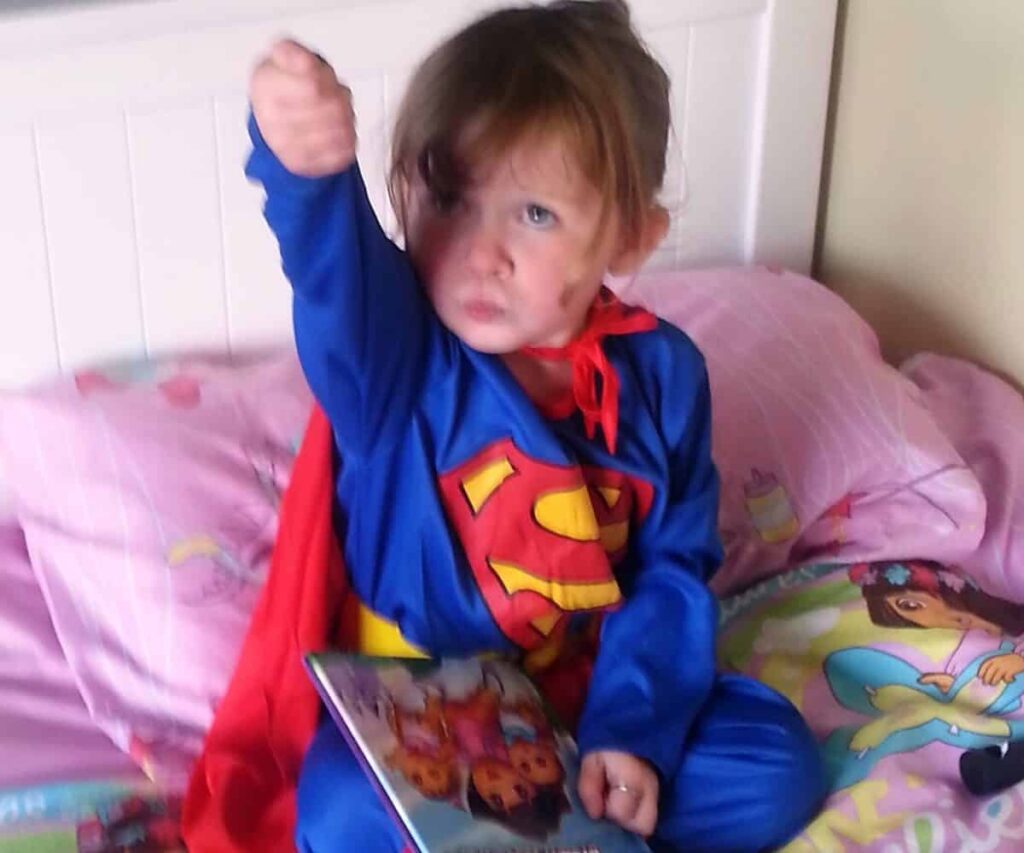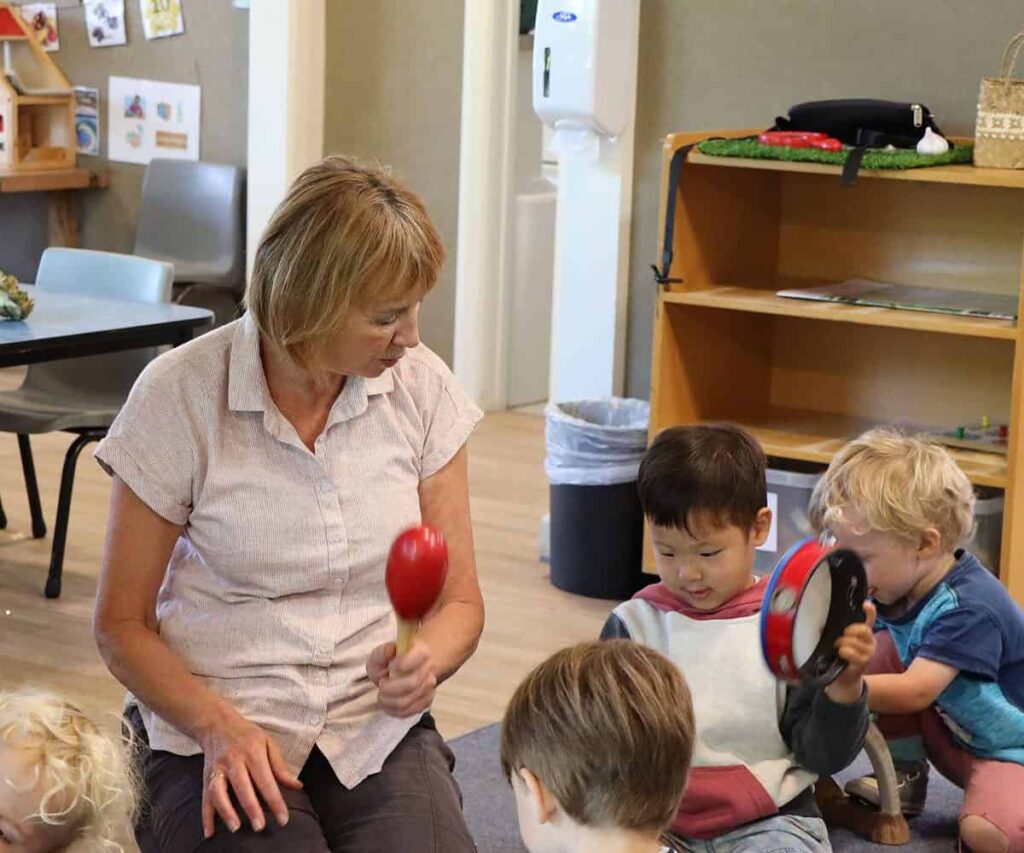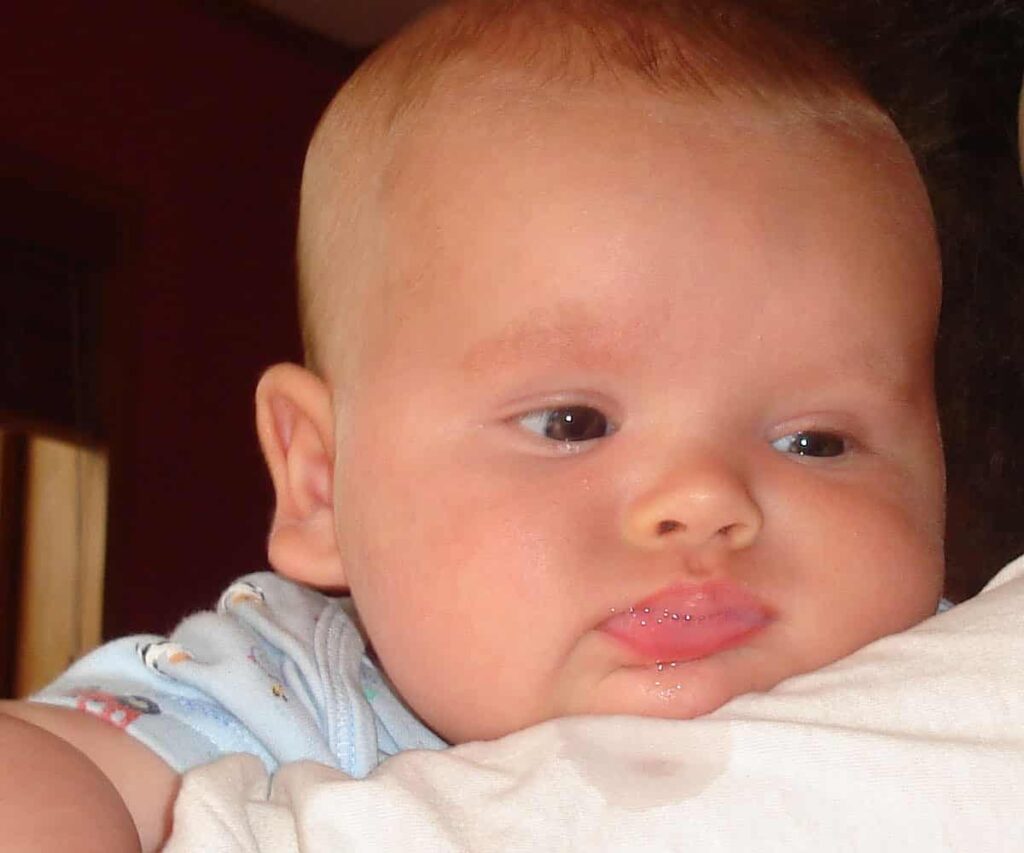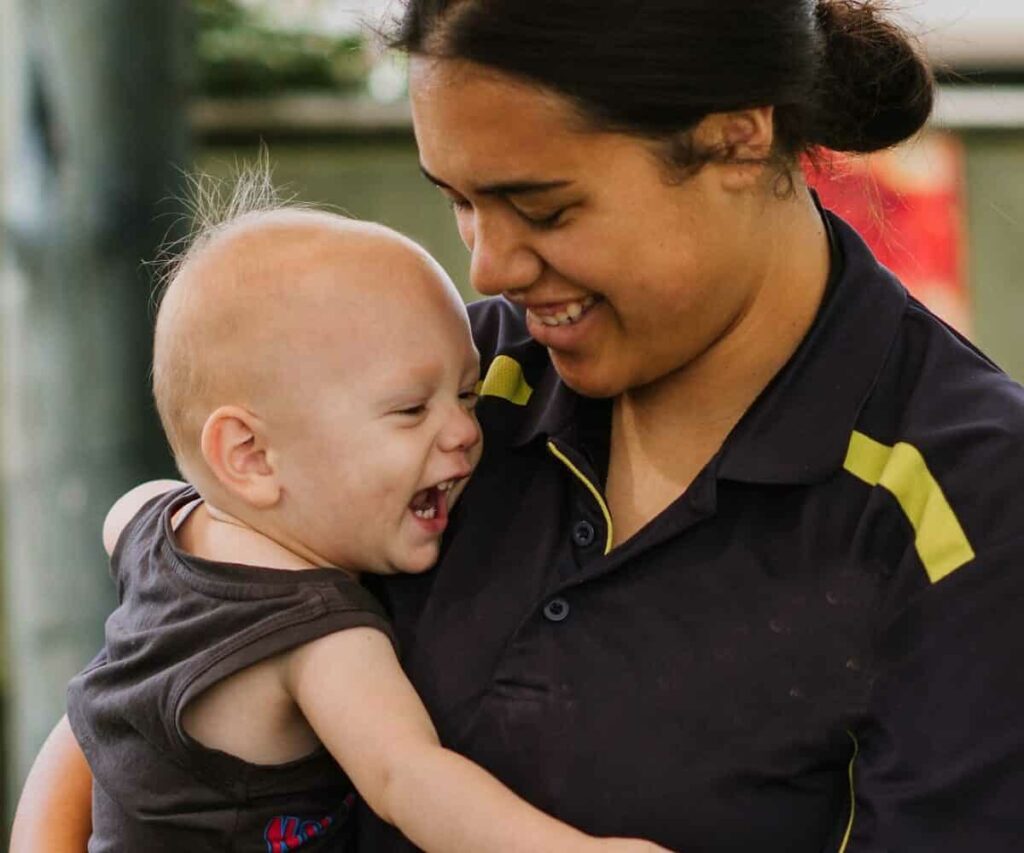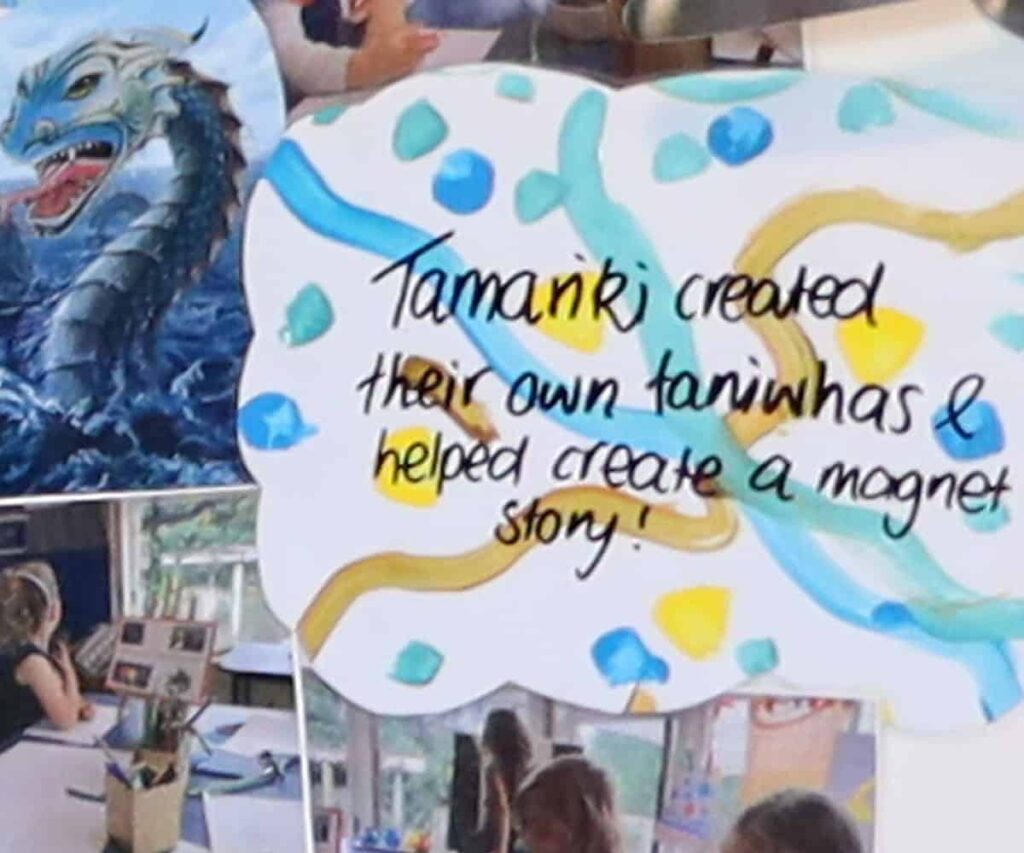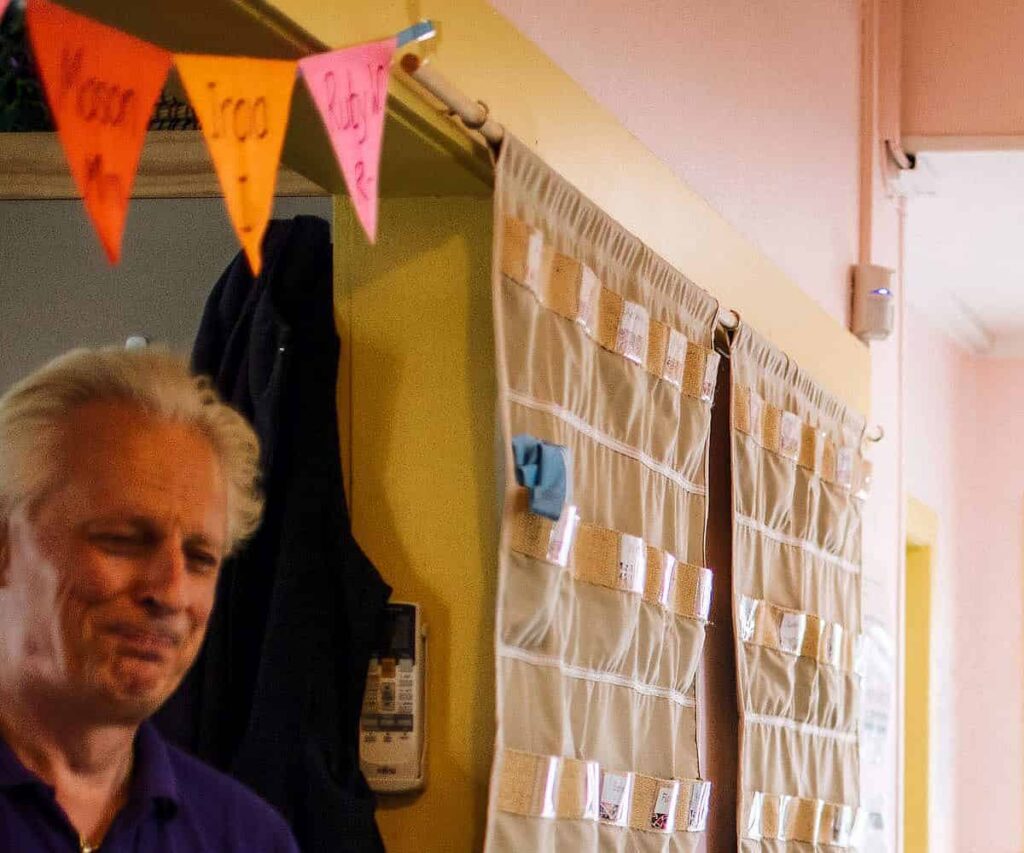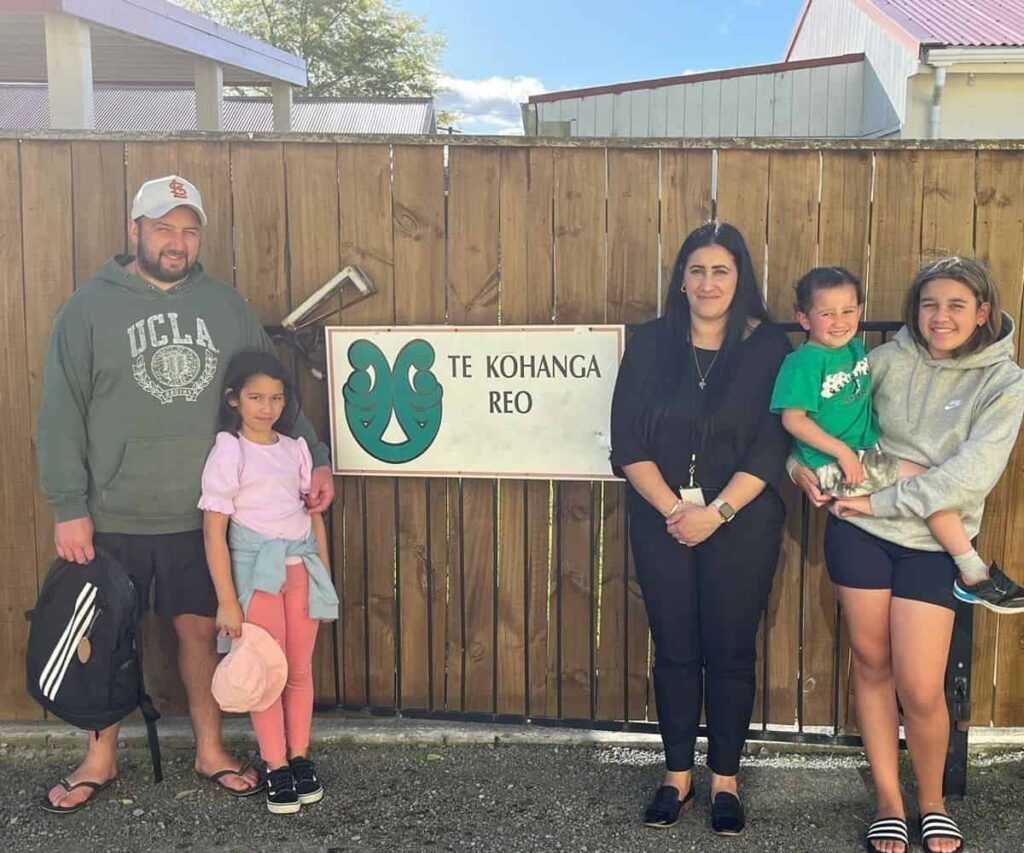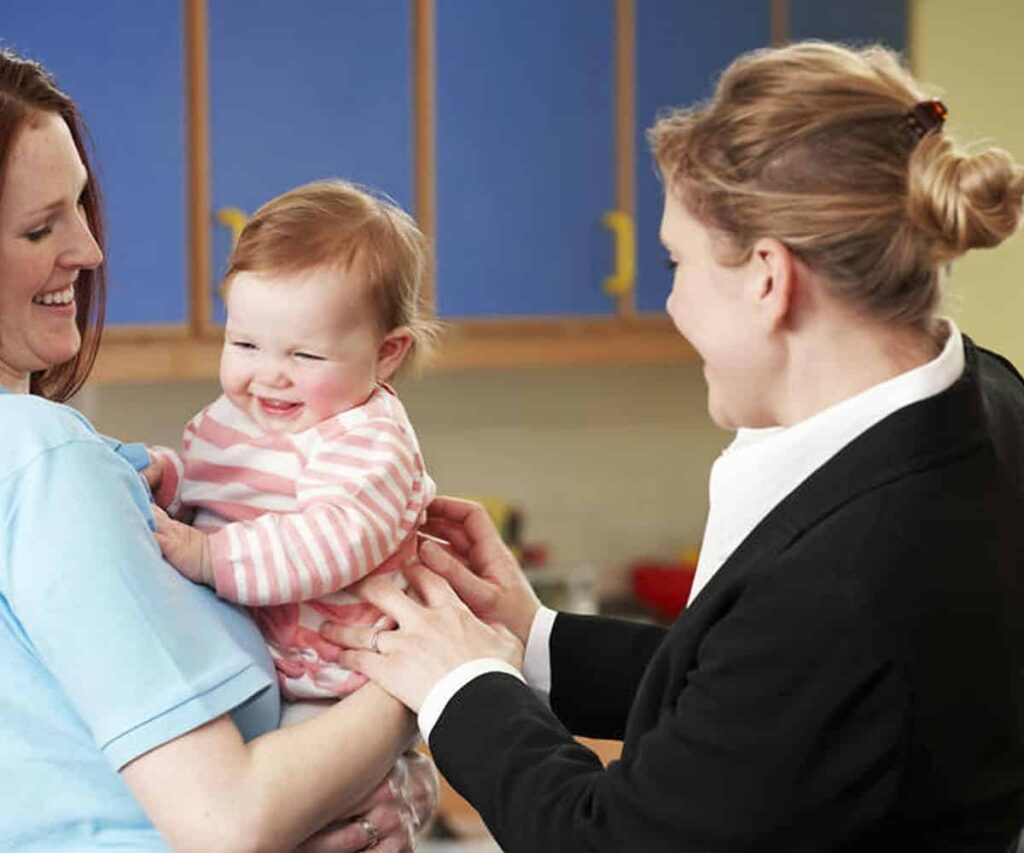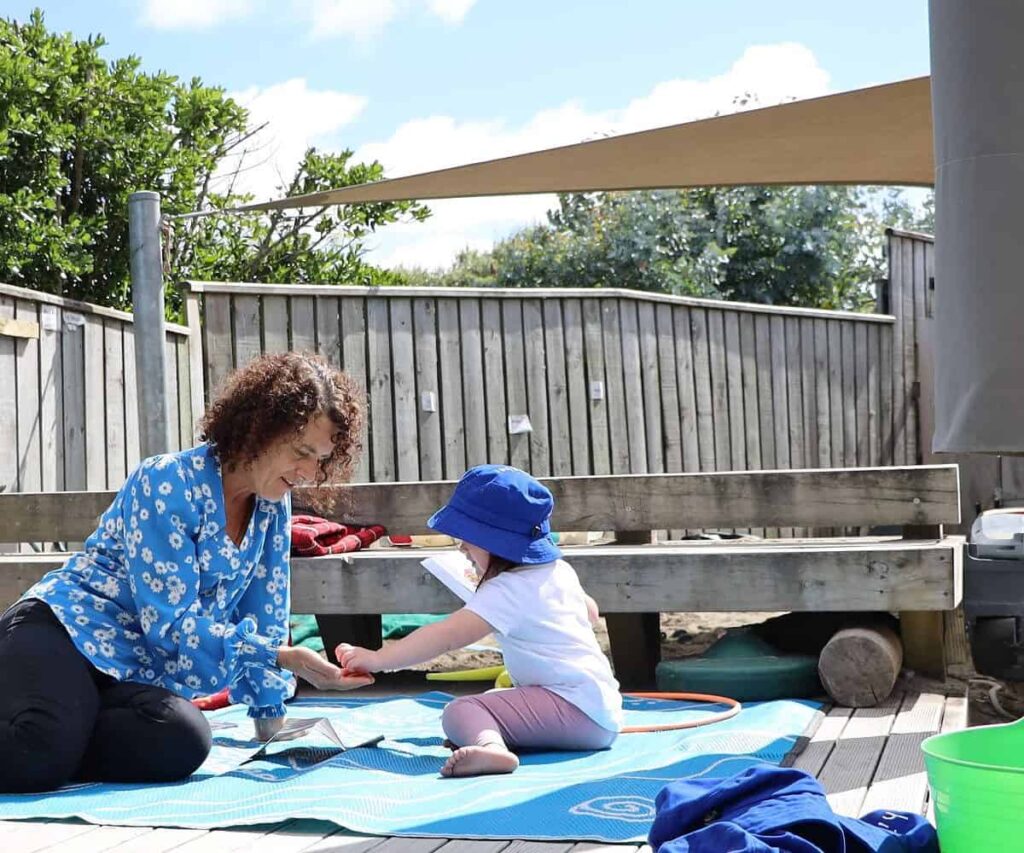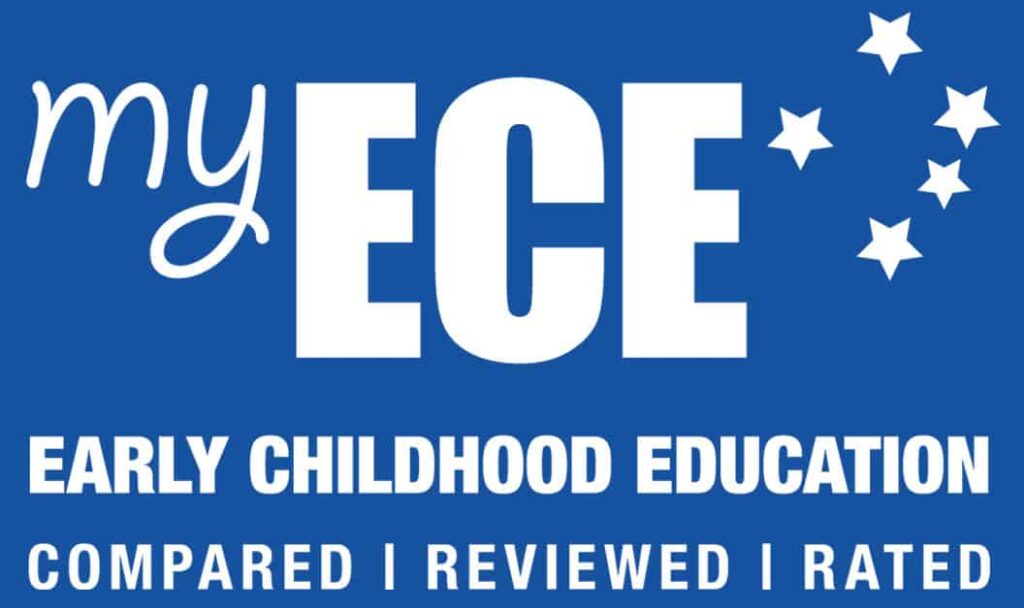Below is a copy of the Checklist for Choosing an Early Childhood Education Service.
Begin your search by going to the online National Register of Early Childhood Education Services. Compile a list of the names and addresses of the services you find in the Register that interest you. We recommend not phoning but visiting unannounced to give yourself a feel for what the service is like in its natural state. A service may ask you to come back at a later date and not let you past the door, but that will tell you something about the staffing level at the service – if it doesn’t have more than the minimum requirement of adults to have an adult free to talk with parents and visitors.
Print a copy of the Checklist to take with you on your visits and complete it when or shortly after you visit a service.
Try to visit at least four ECE services so you have a basis for comparison. Don’t be afraid to ask questions – you are the one who is choosing the service and the service is not choosing you. You might decide you don’t like a service and leave after a quick tour, or you may get positive vibes and stay longer to give your child some time to play and for you to observe and find out more.
If you don’t like the initial services you selected consider broadening your search to other options such as to home-based care if you had previously only been looking at centres or vice versa. Also consider if it would work for you and your child to combine two different types of services e.g., home-based care and kindergarten.
Or other options that you might combine with using an ECE service include:
Please note that the My ECE Parents Checklist is provided here for parents to use for free and for personal use only. You are most welcome to print copies for personal use.
The My ECE Parents Checklist was prepared by NZ’s top expert in ECE, Dr Sarah Alexander. The checklist reflects the best NZ and international knowledge about what is important for quality for children and the views of parents, teachers, teacher-educators, and service providers consulted as part of developing the checklist.
You may also be interested in finding out about:
Regulations and licensing criteria for early childhood services
Checklist for Choosing an Early Childhood Education Service
| PRACTICAL CONCERNS | Yes | No | Add your notes |
| Is the service nearby or convenient to get to? | |||
| Is it in a safe and worry-free location? (e.g., not at high risk of a terrorist attack or flooding; safe car park area) | |||
| Is the service provided in a single-storey building or on the ground floor? (For ease of access, also for safety in case of fire or other emergencies) | |||
| Are the hours the service offers suitable? | |||
| Can the hours my child attends be adjusted if needed? | |||
| Do the fees meet my budget? | |||
| Can I afford and am I happy to pay the service’s extra fees and charges? (e.g., holiday charges, late pick-up fee, excursion costs, if need to purchase specific nappies, tissue boxes, food, stationary, sunhat and uniform items, etc.) | |||
| Did my child enjoy visiting the service and like the people there? | |||
| Did I feel welcome and did I feel comfortable the whole time I was at the service? | |||
| Does the service support the culture(s) and language(s) of my child and family? | |||
| Is the service inclusive of all peoples? (e.g., teachers and parents of different genders) | |||
| Is the service right for my child’s needs and interests? (e.g., allergies, wheel chair accessible, structured timetable and play or unstructured, large area for running and physical activities or quiet areas where child can play uninterrupted by other children or loud noises) | |||
| Is the name and after-hours contact details of the service owner or operator provided for parents to contact directly in emergencies? (e.g., if child is locked in service and staff have gone home; if child collapses and goes into hospital and information on any falls or accidents whilst at the service is needed; or child hasn’t been brought home as promised by the service) |
| BASIC STANDARDS FOR QUALITY ABOVE WHAT IS REQUIRED BY REGULATIONS | Yes | No | Add your notes |
| GROUP SIZE AND ADULT TO CHILD RATIO Centre: The total number of children in the centre, and the number of children to adults, is not too many that a child could feel lost, unnoticed, or overwhelmed. Home setting: The number of regular visitors, other people living at the educator’s home and school-aged children also being cared for is not too many that a child could feel lost, unnoticed, or overwhelmed at any time. | |||
| STAFF STABILIITY There are few changes of staff and low staff turnover – children have the same staff caring for them daily and most staff have been at the service for 3 or more years. | |||
| TRAINED AND ECE QUALIFIED STAFF Centre: The centre can guarantee that at least one adult who is qualified as a trained teacher of under-5s in early childhood education will be always with children (qualified in teaching at schools or in other sectors does not count) Home setting: The educator has successfully completed higher than a Level 4 early childhood education qualification or holds a Level 4 ECE qualification plus nursing or other relevant qualification. | |||
| EMOTIONAL WELLBEING AND MENTAL HEALTH There is a warm and happy atmosphere (giggles and laughter, cuddles, and caring comments). | |||
| There are soft surfaces and soothing equipment (e.g., natural lawn, swings, cushions, carpet, water-play area). | |||
| Children’s privacy is respected (e.g., toilets have doors which children can close when they wish) | |||
| Each child has one or two adults (it may be two in a centre setting) who has primary responsibility for their care and well-being within the group. (This is a special person that the child can go to and will form a close relationship with, i.e., a ‘primary caregiver’ or ‘key teacher’). | |||
| ENGAGING WITH PARENTS AND CAREGIVERS The service has an open-door policy (parents can arrive at any time to check on their child and stay when they wish). | |||
| Opportunities are regularly given to parents and families to be involved in the curriculum and activities. | |||
| Parents’ views on the care of their child are regularly asked for and respect is shown for parents’ wishes (e.g., to support child’s sleep patterns, etc) | |||
| Breastfeeding is supported by the service (non-judgemental attitudes shown, comfy place to sit and breastfeed, breastmilk can be stored at service) | |||
| TEACHING & LEARNING Children are actively involved in activities and are not wandering around, waiting, or doing nothing. | |||
| Interest is shown in what children do at home, their pets, and so on, and connections are made between learning at home and learning at the service | |||
| The same activities are not put out for the children every day – instead materials and equipment may be rotated, activities are varied, and new activities are introduced to stimulate interest and add challenge. | |||
| Children are encouraged to think about their thinking and learning (i.e., metacognition, for example say a child is having difficulty doing a puzzle the adult could talk with the child about what strategies they have tried so far, what might work or not, and why.) | |||
| The adults/teachers have expectations for infant, toddler and older children’s learning and achievement and set goals that they work to support children to achieve. | |||
| PHYSICAL HEALTH AND SAFETY Children are actively supervised at all times (each child should have an adult with or near them who sees them and is able to quickly intervene if necessary) | |||
| High attention is given to correct hand-washing and hygiene practices for children and by all adults. | |||
| There is good ventilation in sleep-rooms and use of Co2 monitors in all rooms to ensure Co2 levels do not go above 800 ppm (this reduces the risk of airborne infections). | |||
| Children’s clothing is always appropriate for the activity being undertaken, the weather conditions and temperature (e.g., sunhats in summer, shoes outside, dry socks). | |||
| The service asks all staff who have contact with children to consider their vaccination status depending upon level of risk of transmission (e.g., infants under 6 months are at greatest risk of whooping cough and this is something for the service to make staff who work with infants aware of and remind them that a booster every 10 years is recommended). |
